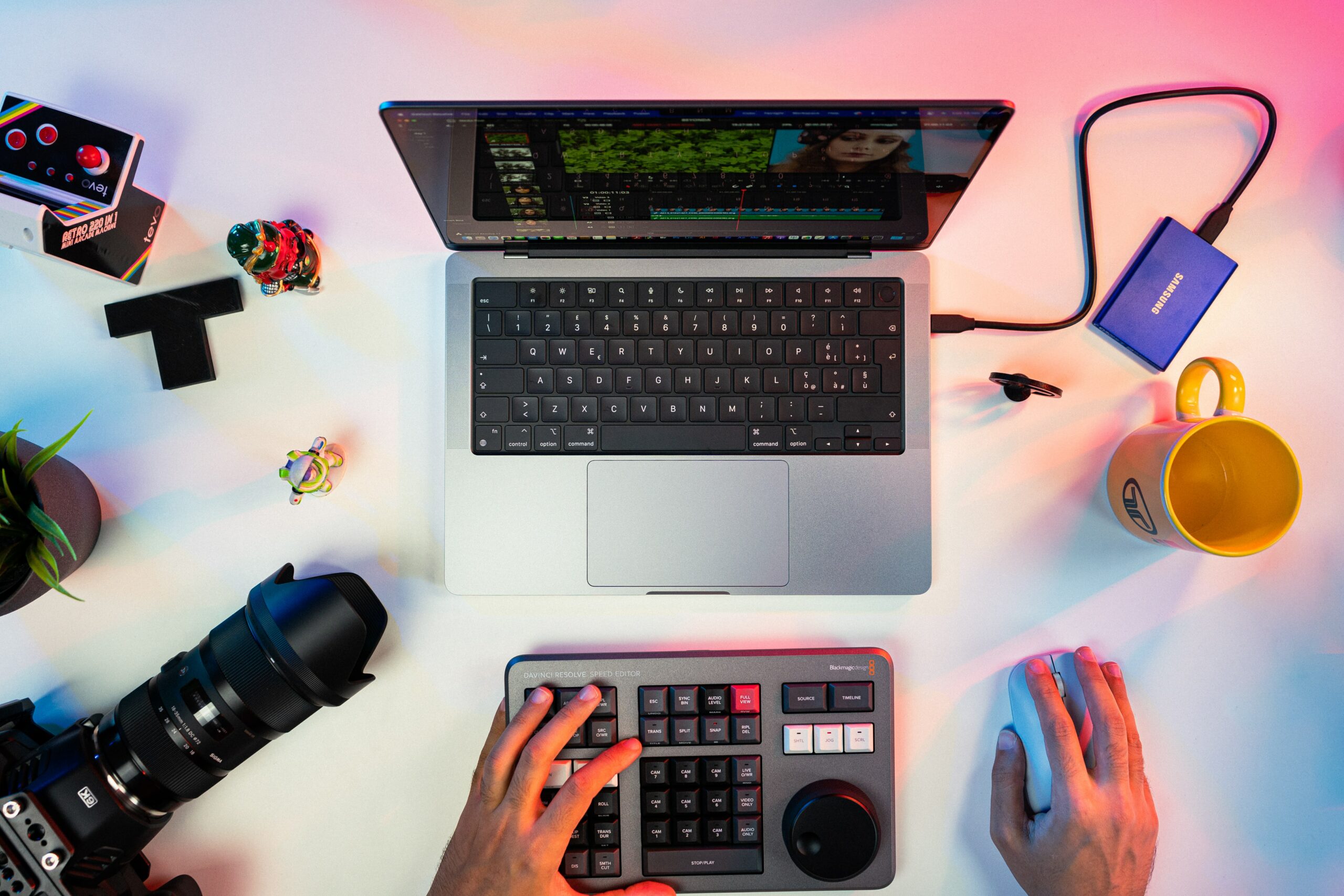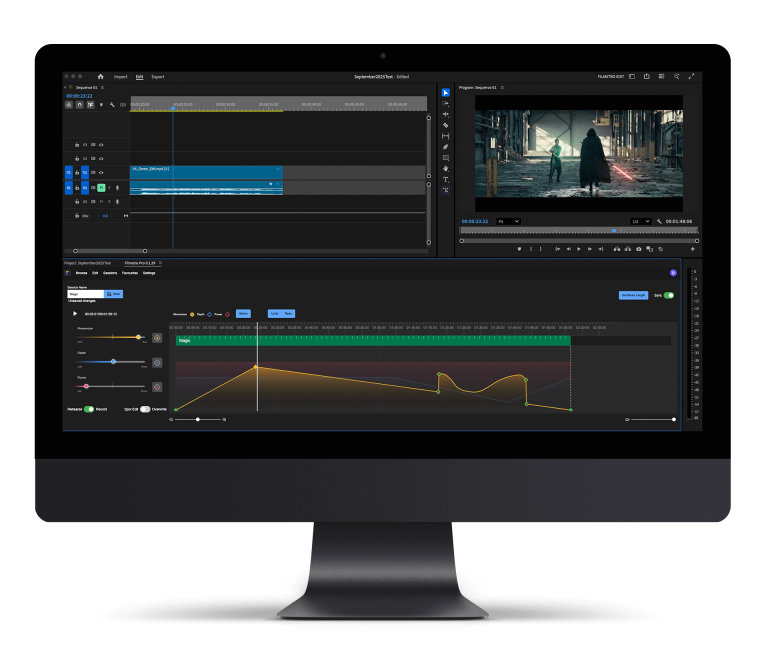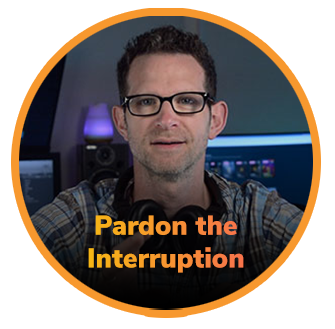Tips for documentary filmmaking:
Documentary filmmaking has become even more popular in the last decade, with documentaries like Making a Murderer and Tiger King leading the charge in recent years.
The way documentaries are being shot are ever-evolving and becoming a lot more cinematic, but still sticking to their core principles.
In this article, we will delve into the top tips for filming a documentary. These will help you improve your documentary filmmaking skills and potentially elevate you to documentary stardom.
Let’s check them out.
The key tips for documentary filmmaking
Here we will look into a few essential tips to ensure you are filming your documentary to the best of your ability and allowing you to convey your story in an exciting and imaginative way.
Set up the lighting perfectly
Lighting is a crucial component to filmmaking, and a poorly lit shot can take away from the importance of a scene. The way to set up the shots is to light the subject up; it allows them to take the focal point as they tell their story.
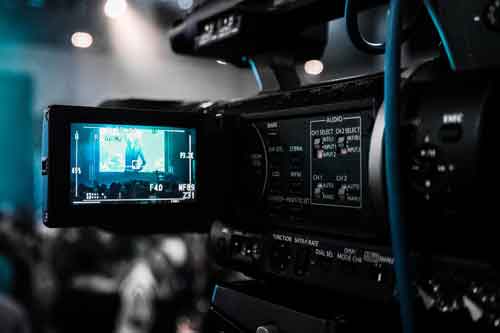
Always try an use natural light as the key source; however, if it’s indoors and is coming through, causing shadows, you’ll have to stop this. Simply cover the window/natural light source and set up a three-point lighting structure to bring your subject to life.
Use multiple angles
This is a key point. Using multiple camera angles will allow you to capture different angles of the shot, capture emotion in various dimensions, and leaving you with more options in post-production.
It will give you room to tell the story so the audience can relate too; not all of your subjects will be trained to be in front of the camera. Having multiple shots will allow you to naturally and honestly manage their mannerisms or stutters that tell the story from their perspective.
Quality audio
Poor audio will kill your documentary immediately, no matter how good the cinematography is. Make sure you capture crisp audio and ensure background noise is as low as possible.
A lavalier microphone is perfect for documentaries as they are well hidden, and they pick up high-quality sound. You can use background music to help guide the story and compliment the b-roll to bring the story to life.
Use movement subtly
Camera movement will help balance your film. Using movement will help the story from the main subject stay interesting and not feel too flat.
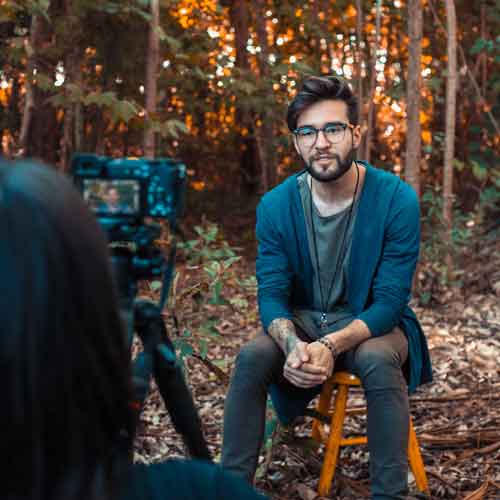
Using a slider when interviewing your subject will give the shot more substance and additional dimension. This and b-roll help add character to the overall documentary, and these snippets can emphasise essential points in the story and keep your audience engaged throughout.
—-
We hope you enjoyed this article and don’t miss out on any of our other blogs! Sign up to Filmstro and follow us on Twitter, Facebook and subscribe to our Youtube channel.
Check out our royalty-free music today by clicking here.


